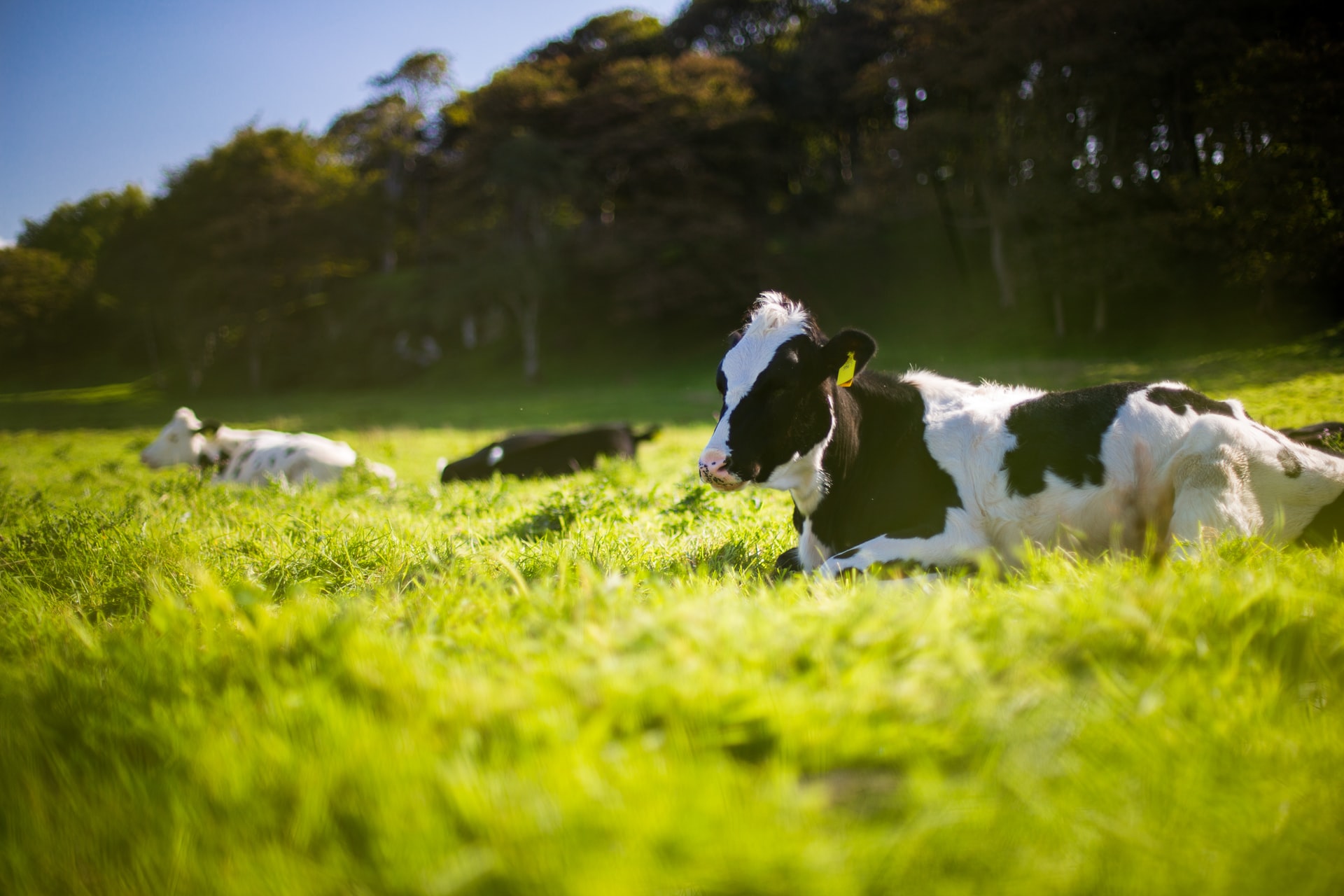An air quality specialist has told a meeting that we need to change the narrative when it comes to how we discuss methane emissions in agriculture.
Addressing the Agricultural Guild of Journalists of Ireland Annual General Meeting (AGM) in Co. Tipperary, Dr. Frank Mitloehner claimed that there is a “very negative bias” in reporting on agriculture and climate.
The German native has worked at University of California, Davis (UC Davis) for over 20 years where he specialises in the atmospheric impacts of livestock.
Dr. Mitloehner, who is also a director of the Clarity and Leadership for Environmental Awareness and Research (CLEAR) Centre, said that methane is the ‘Achilles’ heel’ of animal agriculture.
“We can turn this challenge around in animal agriculture from being a liability to being an asset, if we don’t do what we have in the past which is sticking our heads in the sand,” he said.
He said that the current narrative of methane being ‘carbon dixoide (CO2) on steroids’, as it is more powerful per molecule than CO2, is wrong.
This is because methane has a much shorter lifespan than other greenhouse gases (GHGs) as it is destroyed in around 12 years, while CO2 which is produced by burning fossil fuels, remains in the atmosphere for 1,000 years.
Dr. Mitloehner described methane as “the fast and furious greenhouse gas”.
“Furious, because it has a strong heat-trapping effect, but fast because methane doesn’t live very long. This makes a big difference when we account for it and also when we seek to reduce it,” he explained.
“That is why CO2 is such a problem because it is so long-lived. It’s less potent per molecule but it lives pretty much forever. The same is not true for methane.
“If you have a constant source of methane then the amount of methane produced and the amount destroyed is roughly in balance. A constant source of methane does not add additional warming to the planet.
“I’m in no way downplaying the importance of methane, managaing methane is very important to make this part of the climate solution,” the scientist said.
He added that data needs to be quickly produced to account for soil carbon sequestration from the agriculture and forestry sectors.
National herd
Dr. Mitloehner said he was very sceptical of herd size reduction as a method to reduce GHGs as this would be offset by other countries “picking up the slack” to meet the demand which exists for food.
However, the scientist issued a warning about increasing the Irish national dairy herd.
“Let’s say you get 20% [methane] reduction but you grow your herd by 20%, then you have achieved nothing. So you have to become the world’s best methane reducer if you want to grow your herd.
“If you increase your herd, you will increase emissions and that is something that people might not like to hear, but that’s a fact,” he said.
“I would promote to your industry to work on efficiency improvements, therefore producing more milk within a stable herd or even with a shrinking herd rather than with a growing herd,” he said.
Dr. Mitloehner added that Ireland has not yet reached the biological potential of the Holstein cow. “You don’t have to grow your herd to produce more milk,” he observed.

The event in the Horse and Jockey Hotel in Thurles heard that there is a lot of research being carried out on methods to reduce methane in a substantial way, including trials on a potential vaccine in New Zealand.
Dr. Mitloehner said that how a country achieves climate neutrality in terms of agriculture is a matter for policymakers.
He recommended that individual countries need to examine what “tools” will help farmers to make the greatest strides.
The California model
Dr. Mitloehner outlined that in California, which has a similar dairy cow population to Ireland, legislation demands methane to be cut by 40% by 2030, compared to 2013 levels.
He said the policymakers used “the carrot approach” and financially incentivised farmers to reduce the gas by using technology.
This includes covering slurry lagoons to trap the dairy biogas which is then converted into transportation fuel.
He explained that low-carbon fuel standard credits paid by the state can be up to half of what farmers make from producing milk.
Since 2015, dairy farmers in the state have reduced the GHG emissions by 30% through manure management.
Dr. Mitloehner said that the California dairy sector will achieve “a point of climate neutrality in the near future” by also incorporating feed additives, such as seaweed, into cows’ diets.
He noted there is a “gold rush” in California to get into technologies to reduce methane because “there is money to be made”, along with becoming greener.
Dr. Mitloehner admitted that the method of covering lagoons may not be possible in Ireland, but, he said that feed additives could be used.
